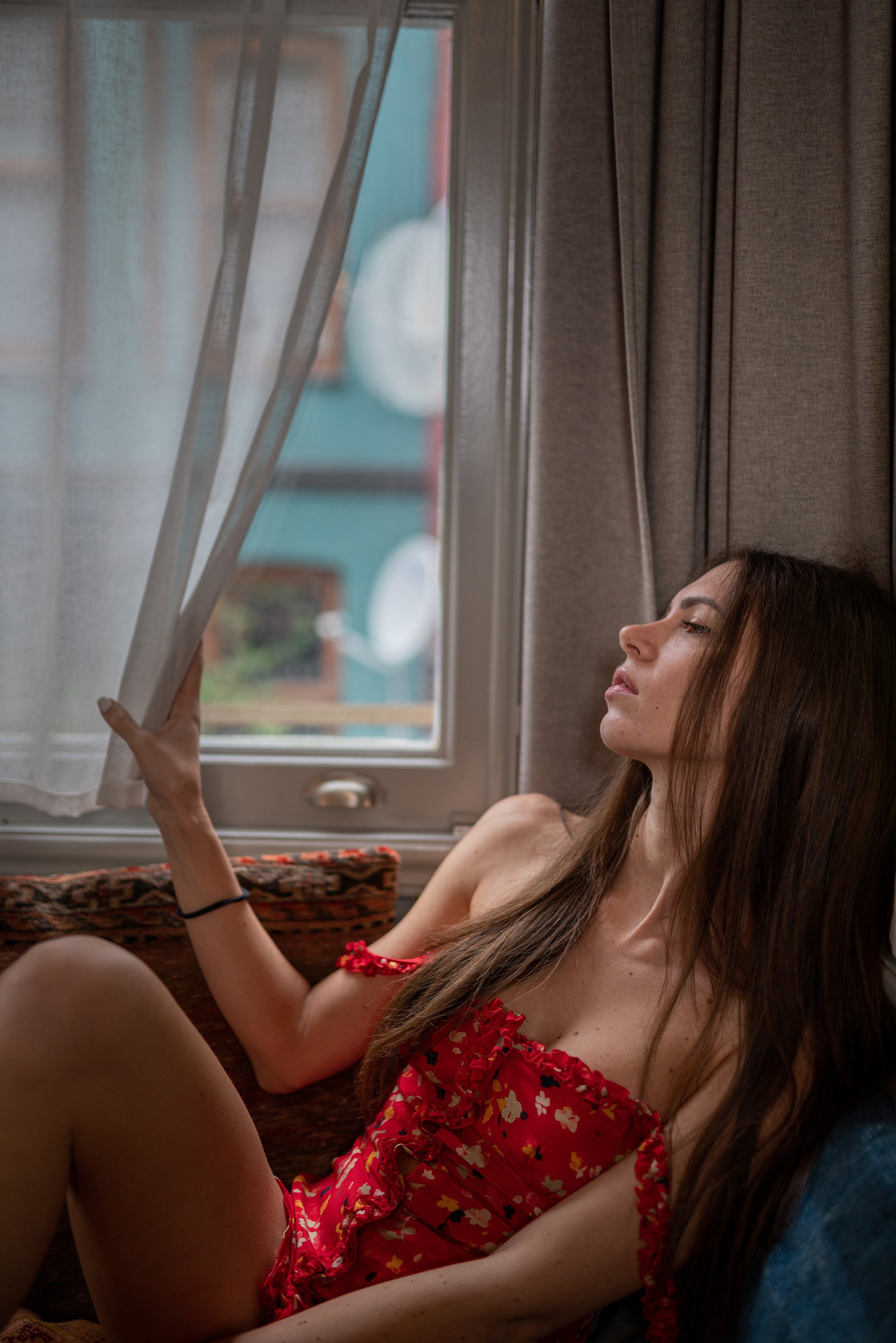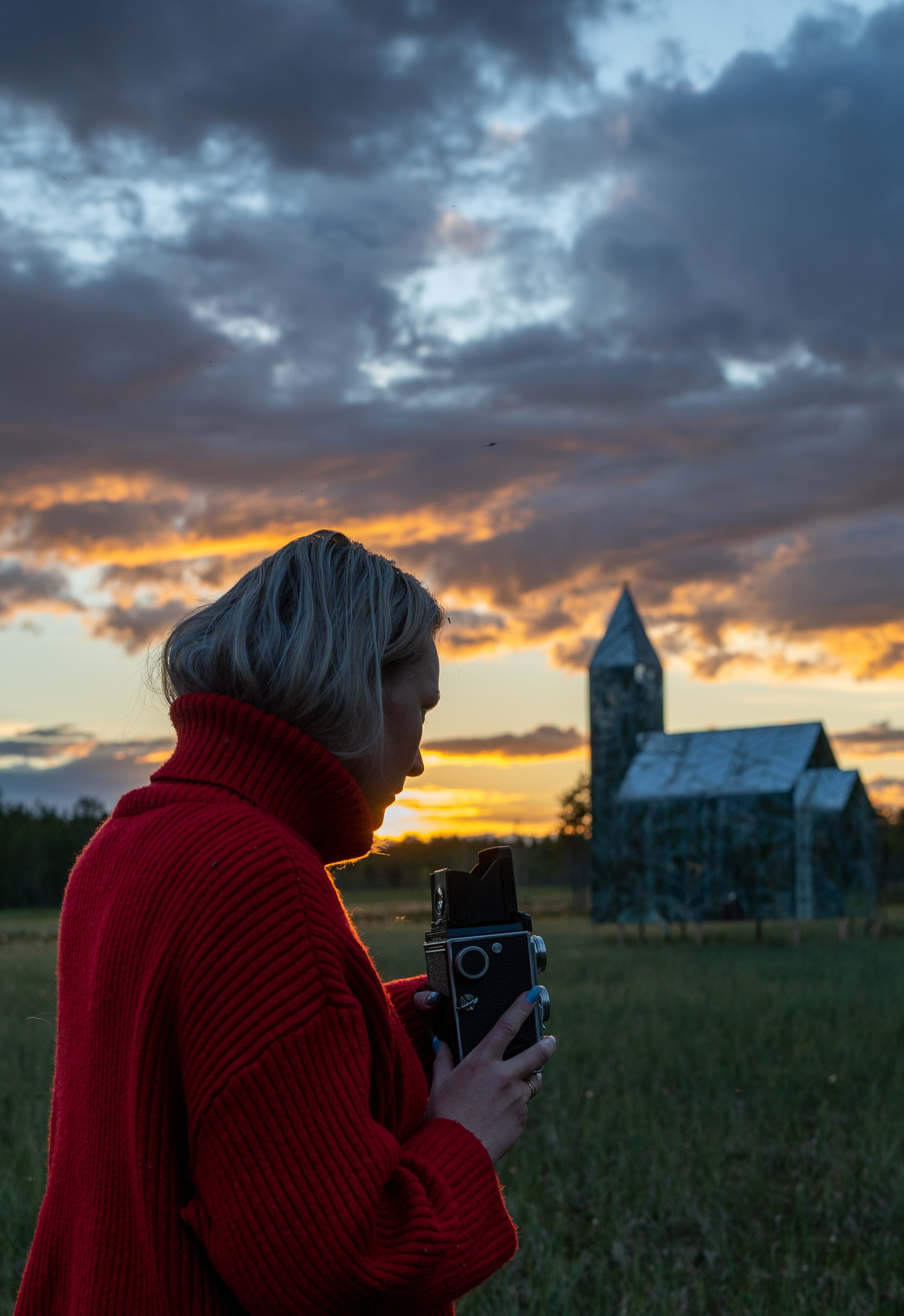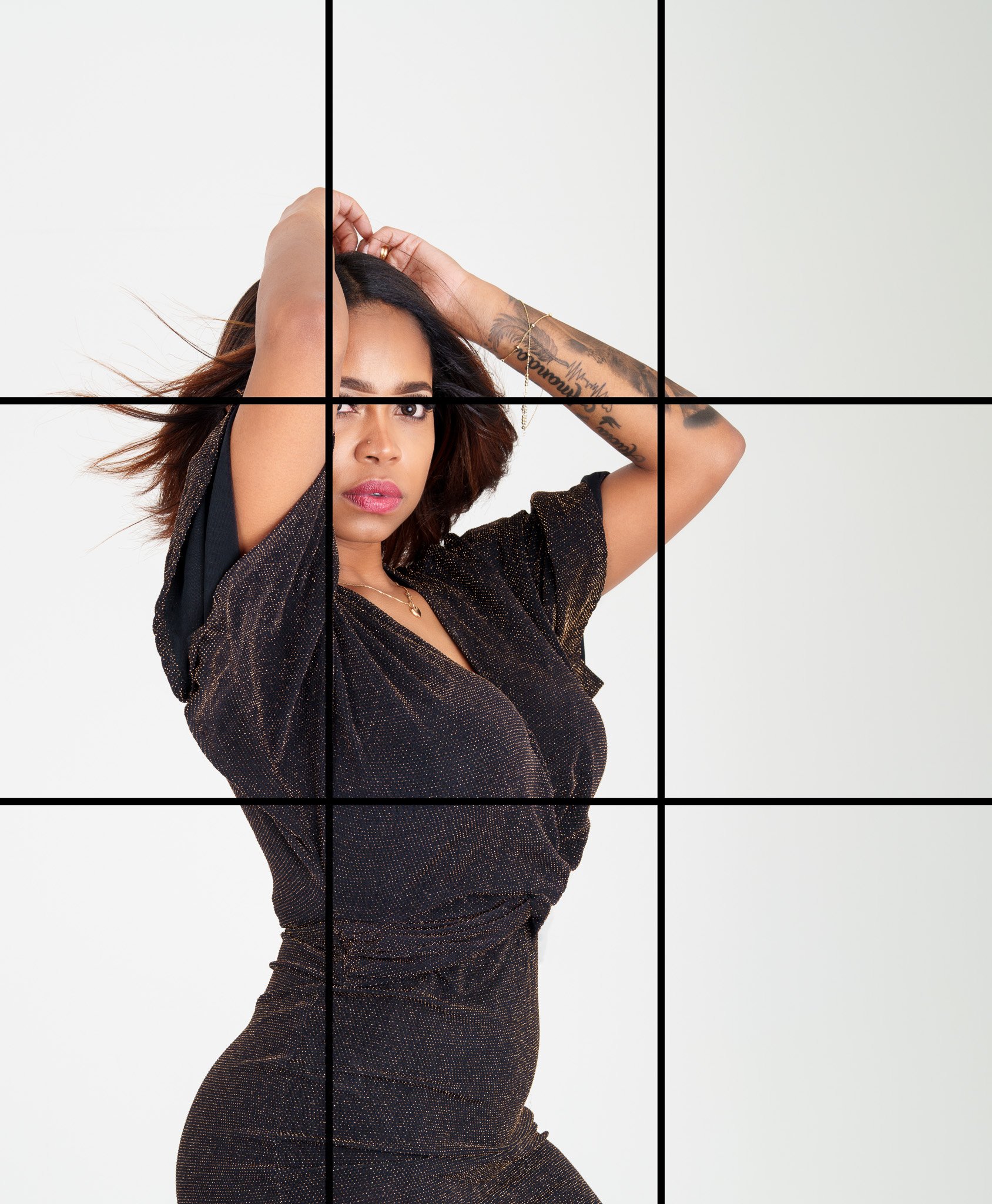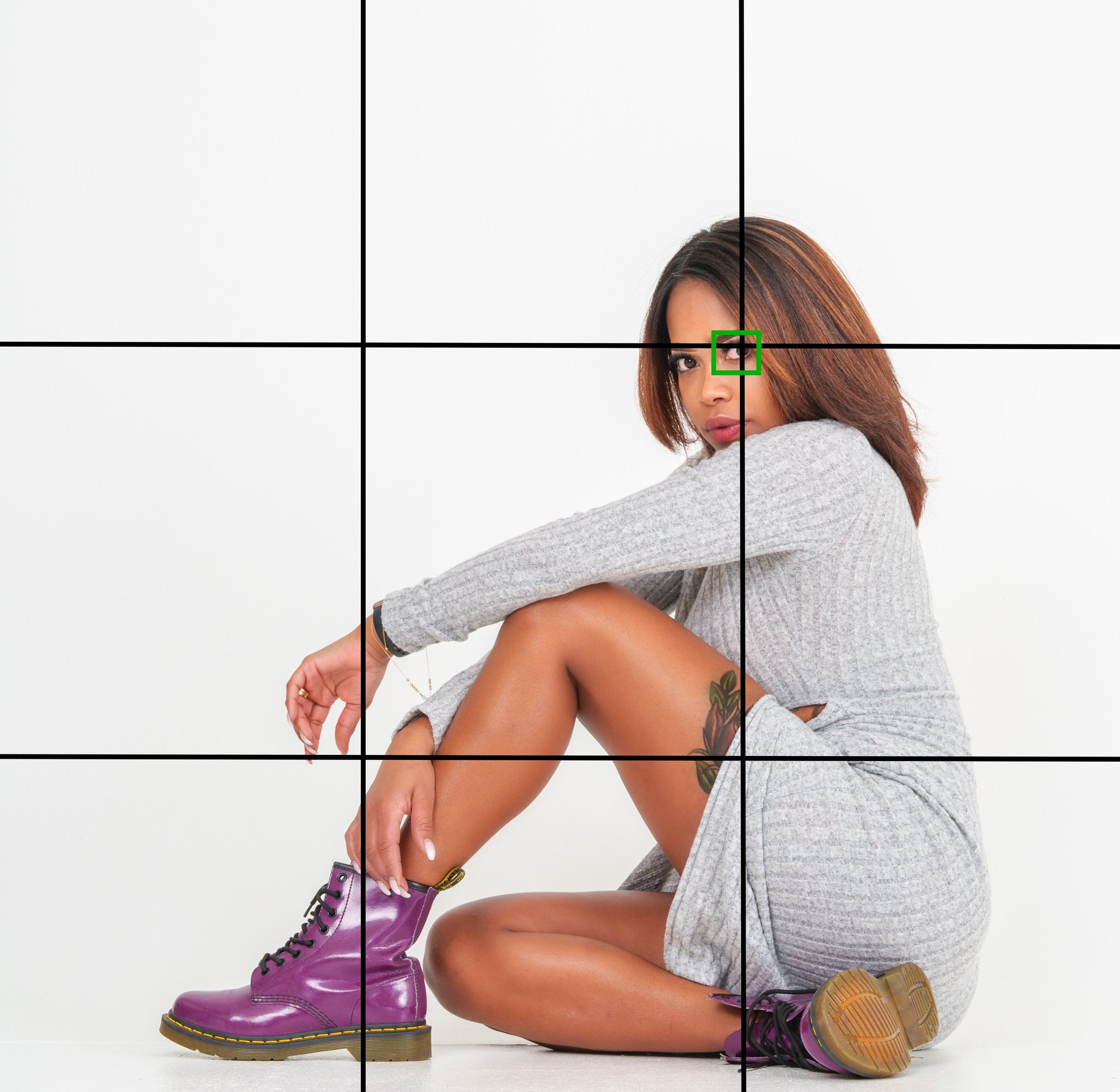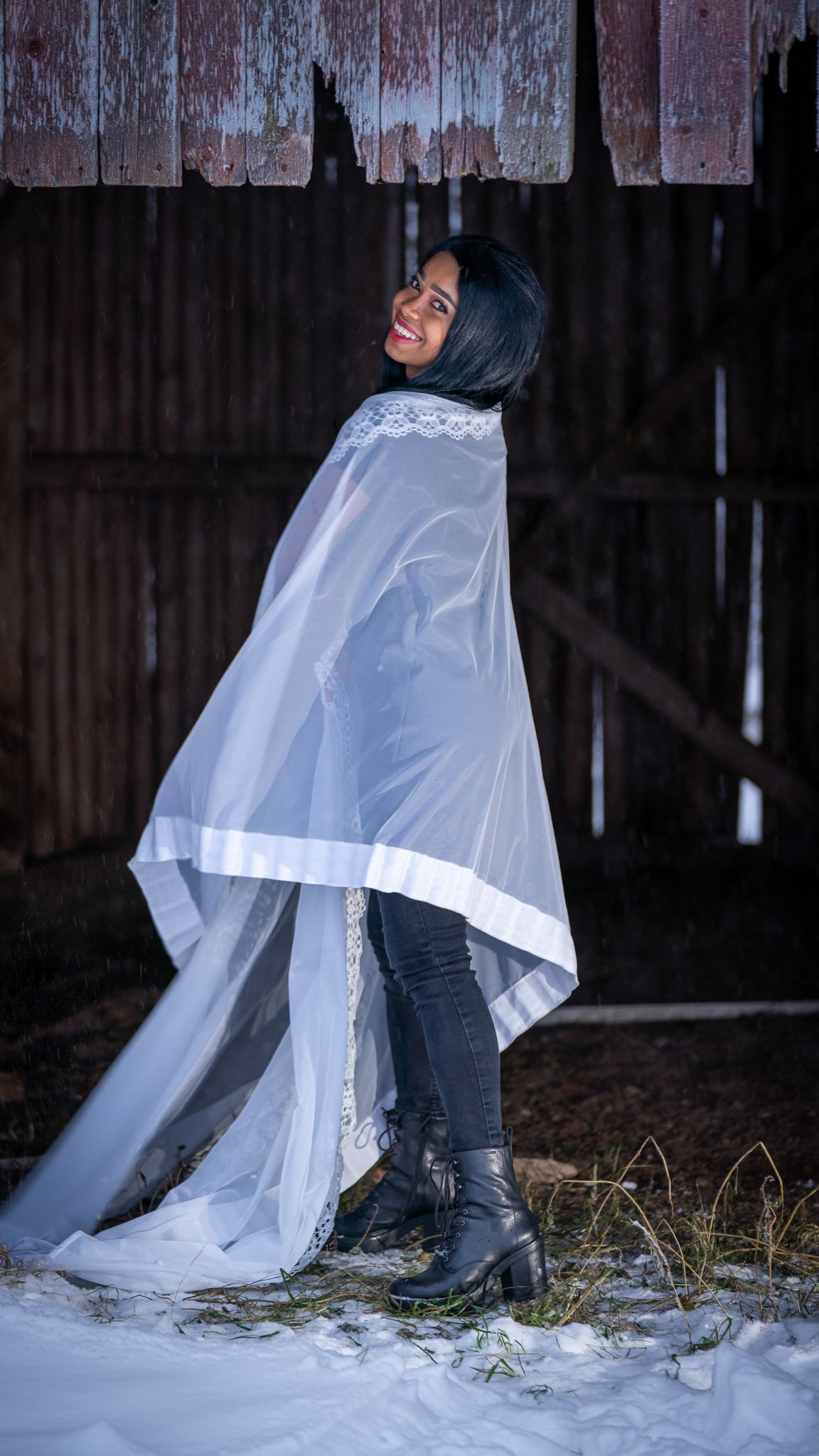Mastering Portrait Photography
Step-by-step guide on how to take great portrait photos, An In-Depth Tutorial with Examples.
Choose the right equipment:
For portrait photography, you may want to consider using a camera with manual controls, such as a DSLR or a mirrorless camera.
A fast lens with a wide maximum aperture, such as a 50mm f/1.8 or a 85mm f/1.8, is also ideal for portrait photography as it will allow you to blur the background and create a shallow depth of field, which makes your subject stand out.
Find the right lighting:
If you're shooting indoors, look for a window with natural light coming through. Place your subject near the window, but not directly in front of it, to create a soft, diffused light.
The Magic of Golden Hour
If you're shooting outside, look for open shade or shoot during the golden hour (the hour before sunset or after sunrise) when the light is warm and soft.
Studio diffusers are useful tools for controlling the spread and intensity of light in a studio environment.
If you're using studio lights, consider using a softbox to diffuse the light and create a soft, even illumination. Position the lights on either side of your subject, aiming them towards their face, to create a classic Rembrandt lighting setup.
Frame your shot:
Example: When framing your shot, think about what you want to include in the frame and how you want to position your subject. A good rule of thumb is to position your subject off-center, either to the left or the right, and to fill the frame with their face. You can also use leading lines in the background, such as a row of trees or a fence, to guide the viewer's eye to your subject.
Example: For a headshot, consider a close-up that fills the frame with your subject's face, showing their expressions and emotions clearly. For a full-body portrait, show your subject from head to toe, with a background that complements their outfit or surroundings.
Cheat sheet for composition ideas.
Focus on the eyes:
Example: The eyes are the most important part of a portrait, as they show a person's emotions and expressions. When taking a portrait, make sure the eyes are in focus by using a single-point autofocus mode and placing the focus point on your subject's eye. If your camera has eye autofocus, use this feature to ensure the eyes are always in focus, even if your subject moves.
Adjust your camera settings:
Example: To achieve a shallow depth of field and a blurred background, set your camera to manual mode and choose a wide aperture, such as f/1.8 or f/2.8. To freeze motion and capture a sharp image, use a fast shutter speed, such as 1/500th of a second. To reduce noise in low-light conditions, use a low ISO, such as 100 or 200. Experiment with different settings to see what works best for each situation.
Experiment with different angles:
Low and close to the ground shot with a wide angle lens
Example: Try shooting from different angles, such as high above the subject, or low and close to the ground. This will give you a variety of images to choose from and help you find the best shot. For example, a high angle shot can make your subject appear powerful and dominant, while a low angle shot can make them appear vulnerable and submissive.
Engage with your subject:
Example: To create a great portrait, it's important to make a connection with your subject and capture their personality. Chat with them, make them laugh, or give them something to do with their hands, such as holding a prop or playing with their hair. Encourage them to relax and be themselves, as this will show in the final image. It's also helpful to give them direction, such as asking them to look towards a specific point or to tilt their head in a certain way.
Example: If you're photographing a child, try to get down to their level and engage with them in their world. Ask them about their favorite toys or games, and let them play while you take photos. If you're photographing a senior, ask them about their life experiences and listen to their stories. This will help put them at ease and create a more natural and genuine portrait.
Edit your photos:
Example: After taking your portraits, select the best images and edit them to enhance their look. Adjust the exposure, contrast, and saturation to bring out the best in your photos. You can also use selective editing tools, such as the clone tool or the healing brush, to remove any blemishes or distracting elements in the background.
Example: If you want to add a creative touch to your portraits, try playing with black and white conversions, adding a vignette, or applying a soft-focus effect.
With these tips and examples, you'll be well on your way to capturing stunning portraits that show your subjects' personalities and emotions.
Remember to have fun and experiment with different techniques to find what works best for you.


